As a retailer, I’ve often wondered: What makes someone stop and gaze at a window display, and what compels them to walk into the store? Over time, I’ve discovered that window displays, especially during spring, are more than just decorations—they’re silent salespeople. They influence emotions, spark curiosity, and set the stage for the shopping experience. Let’s dive into how spring window displays can subtly steer buyer behavior using psychology.
1. The Emotional Power of Colors

Spring is synonymous with renewal, and colors play a huge role in evoking this feeling.
I’ve noticed that pastel shades like mint green, lavender, and blush pink create a soothing atmosphere that attracts buyers looking for calm and freshness. On the other hand, vibrant yellows, oranges, and greens radiate energy, optimism, and joy, compelling people to stop and smile.
The psychological impact? Colors tap into our subconscious. Soft tones invite curiosity, while bold hues ignite excitement. When designing a spring display, balancing these palettes can create an emotional connection that appeals to a broader audience.
2. The Allure of Nature and Renewal
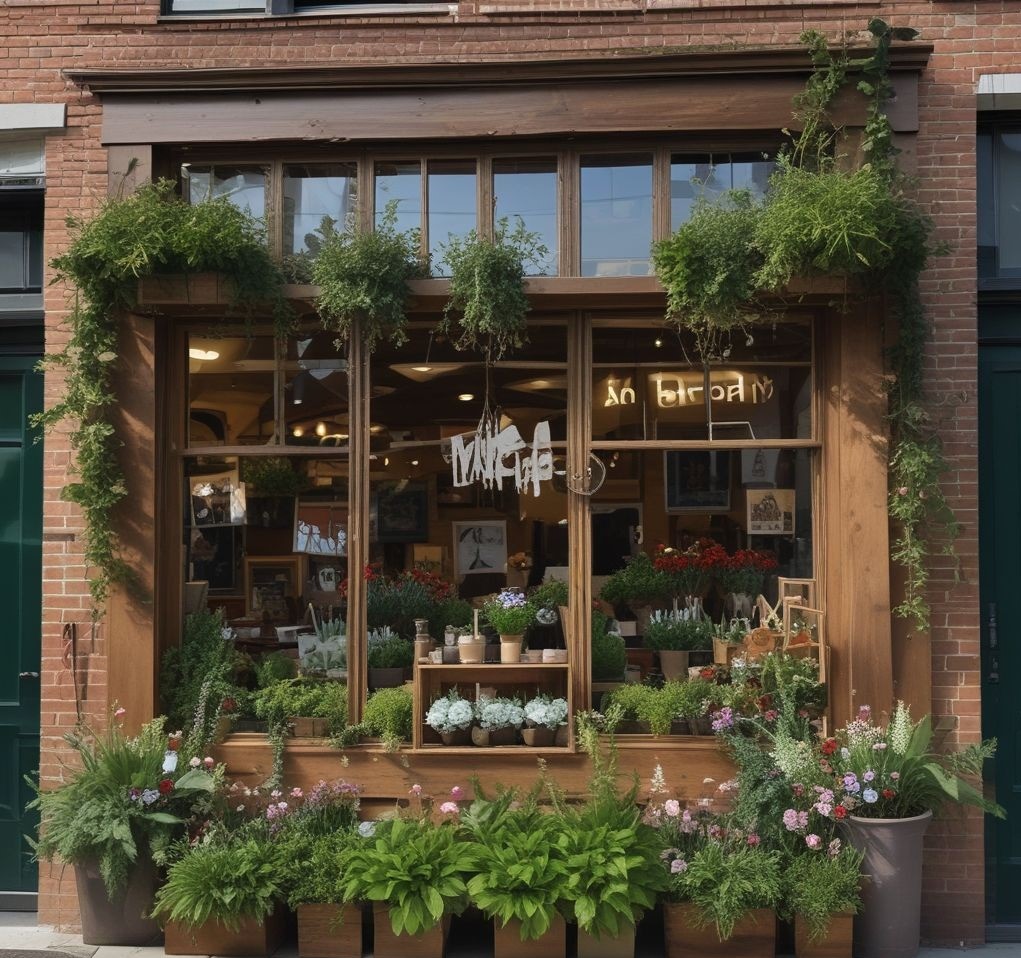
Spring window displays often feature floral arrangements, budding branches, and lush greenery. Why? Because humans are hardwired to respond positively to nature.
I’ve found that adding natural elements, even if they’re faux, evokes feelings of growth, rejuvenation, and positivity. Buyers associate these visuals with spring cleaning, fresh starts, and new opportunities—essentially creating a mental link to “out with the old, in with the new.”
Pro tip: Incorporate sustainable materials and eco-friendly vibes. Not only does this align with spring themes, but it also resonates with eco-conscious shoppers.
3. Storytelling: Crafting a Visual Narrative
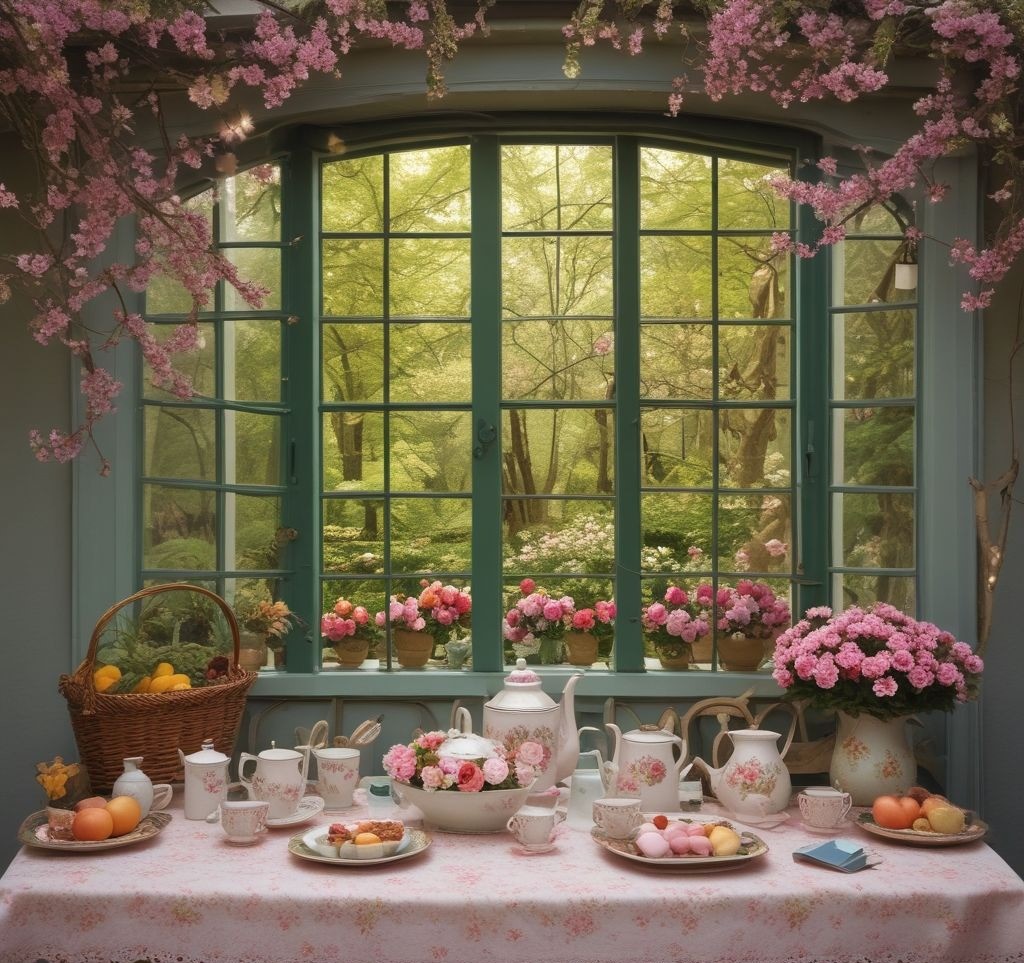
We’re all drawn to stories, and a good spring window display tells one. Imagine a scene of a family picnic under a blooming cherry tree or a whimsical garden party.
Through props, backdrops, and product placement, you’re not just showcasing items—you’re inviting buyers into a narrative. I’ve learned that when people see themselves in these stories, they’re more likely to connect emotionally and make a purchase.
Think about the psychology behind this: Buyers don’t just want a vase; they want the promise of a bright, cheerful home.
4. Leveraging Seasonal Themes for Nostalgia

Spring often brings nostalgia for simpler times—Easter egg hunts, outdoor gatherings, and the first sunny days. By incorporating familiar elements like vintage bicycles, wicker baskets, or floral garlands, you can trigger warm, happy memories in shoppers.
This nostalgic pull can create a sense of comfort and trust, encouraging buyers to linger longer and explore what’s inside.
5. The Role of Lighting in Setting the Mood
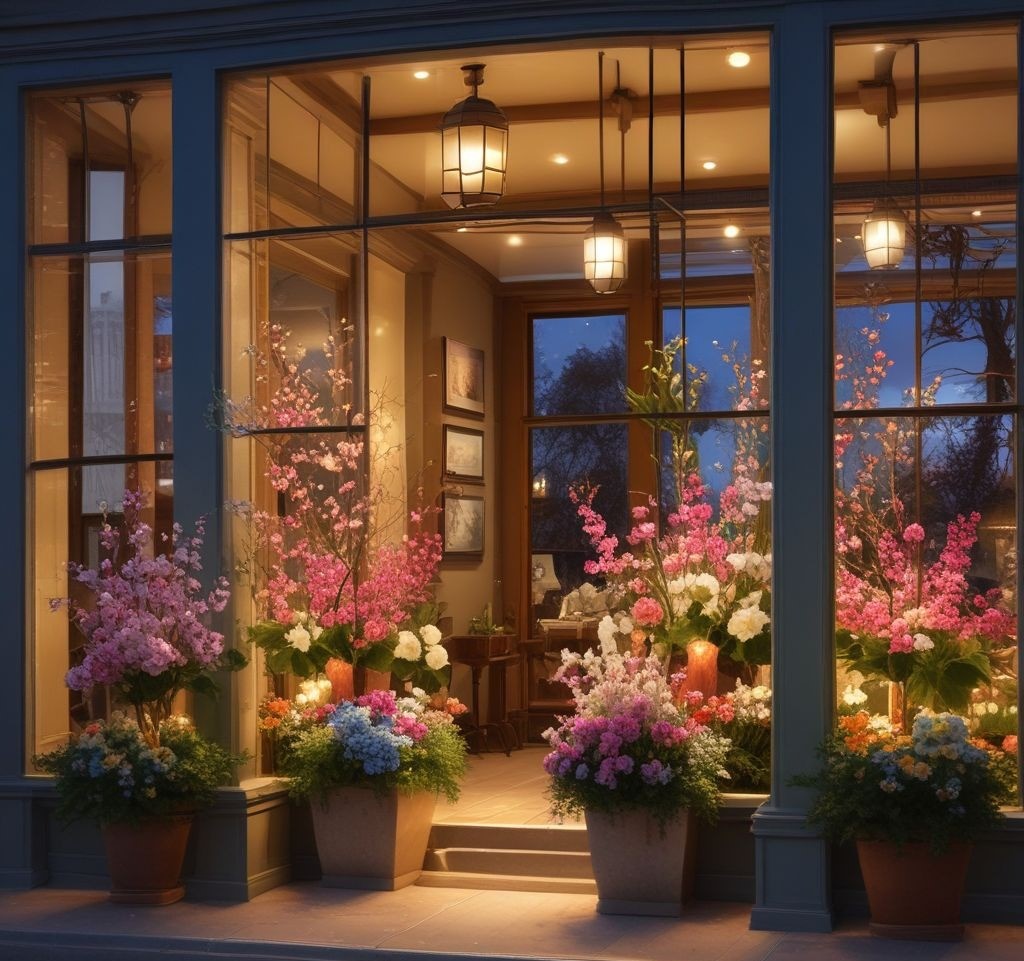
Lighting is an underrated hero of window displays. For spring, I prefer soft, warm lighting that mimics natural sunlight. This creates a welcoming glow, enhancing the visual appeal of the display.
From a psychological perspective, lighting can influence mood and perception. Bright, well-lit displays signal positivity and openness, while poorly lit ones can feel cold and uninviting.
6. Interactive Elements: Engaging the Senses
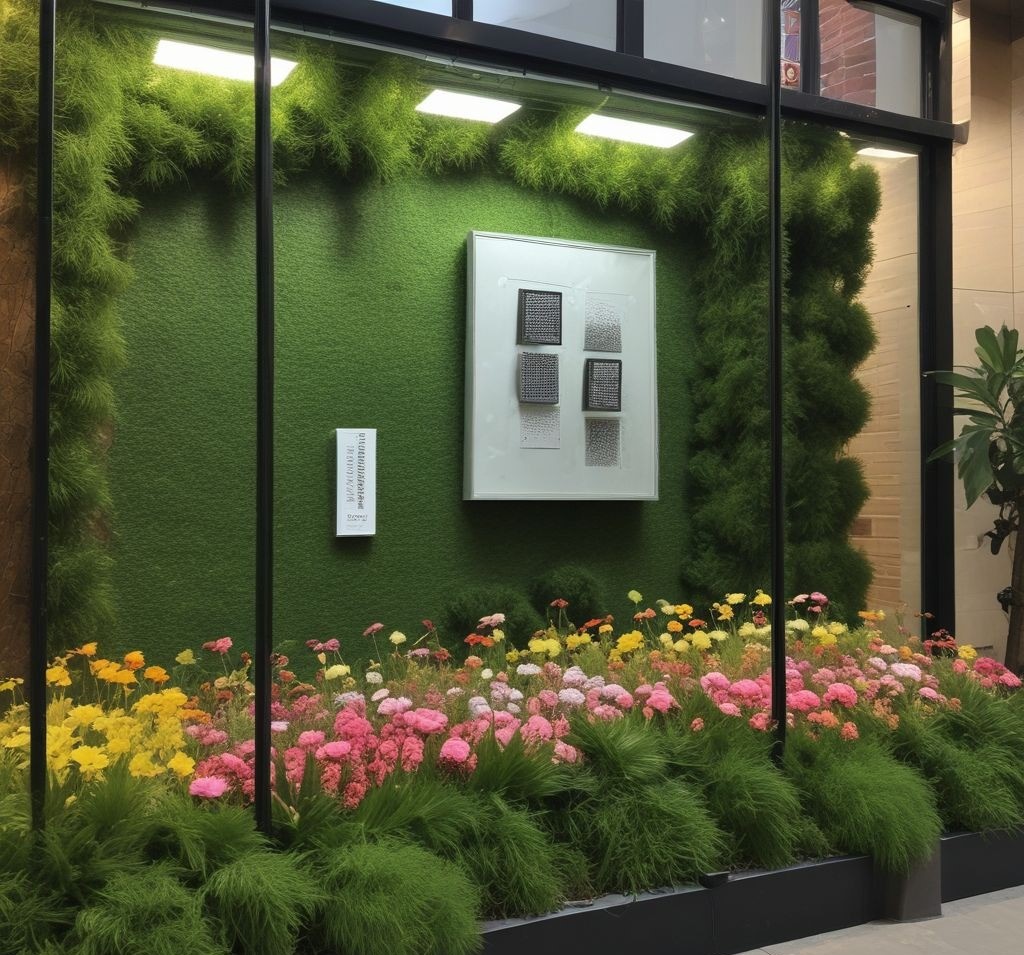
I’ve noticed that when people can interact with a display, they’re more likely to remember it. Adding elements like touchable textures, QR codes for additional product information, or even subtle floral scents can create a multi-sensory experience.
This sensory engagement taps into the psychology of immersion—making buyers feel more connected to the products and the brand.
7. The Importance of Simplicity and Focus
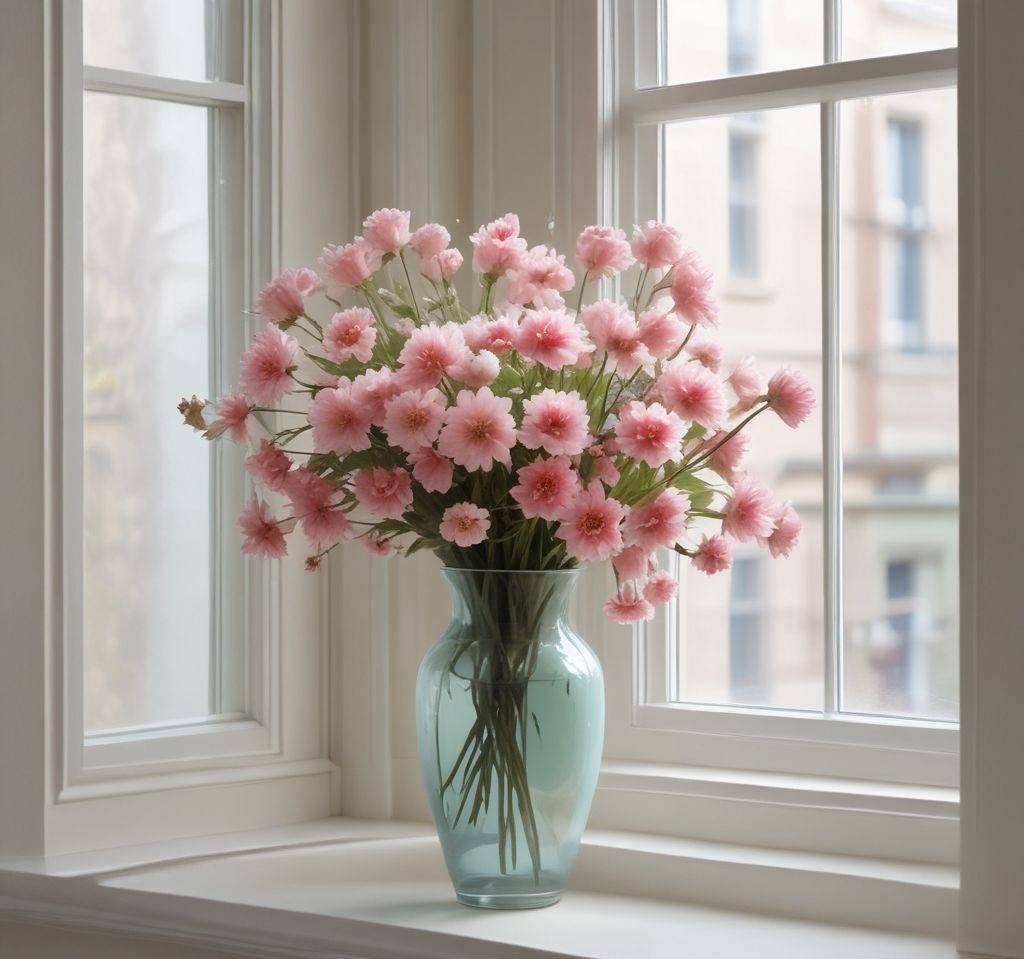
It’s tempting to cram every spring product into the display, but I’ve learned that less is more. A clutter-free design with a clear focal point—like a standout floral arrangement or a single hero product—keeps buyers’ attention where you want it.
Psychologically, simplicity reduces decision fatigue. When buyers aren’t overwhelmed, they’re more likely to take the next step—walking into the store.
8. Social Proof: The Influence of Trends
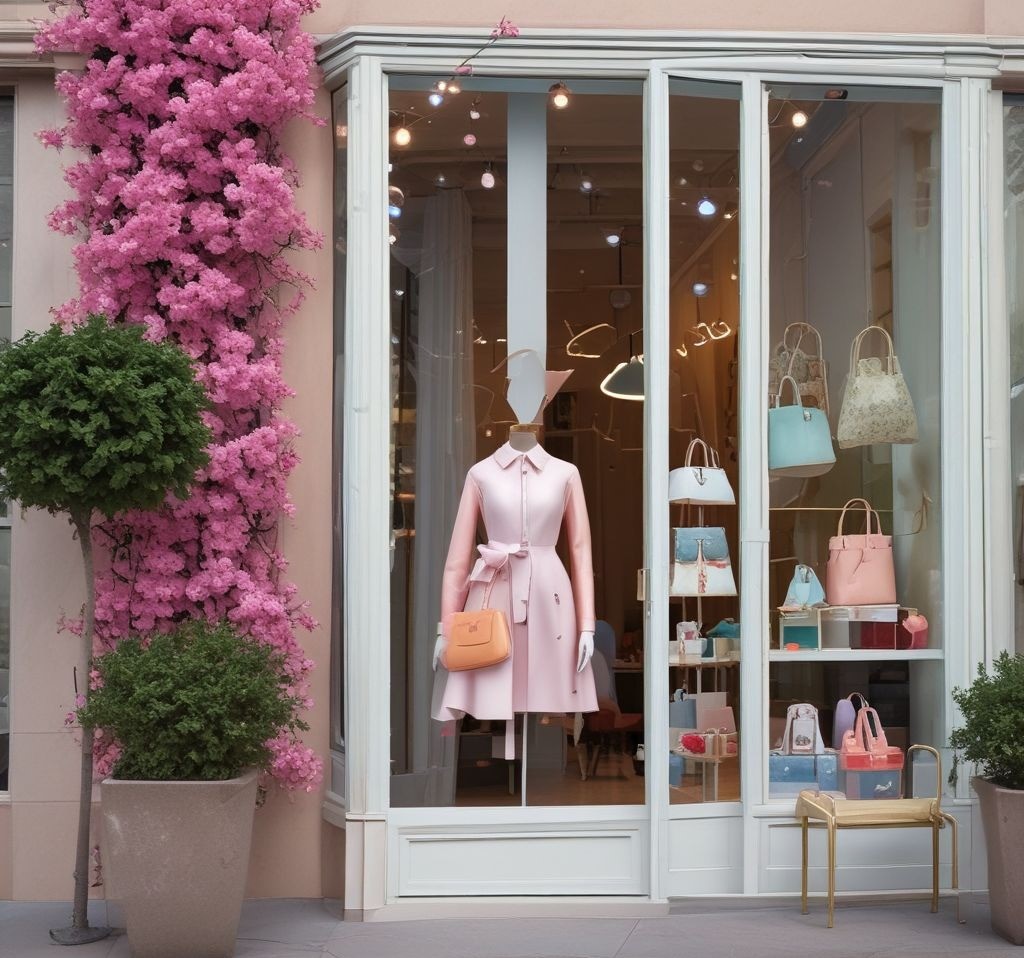
People are naturally drawn to what’s popular. Including trendy spring items or featuring customer favorites in the window display subtly suggests, “This is what everyone wants right now.”
I’ve found that adding signs like “Best Seller” or “This Season’s Must-Have” can create urgency and FOMO (fear of missing out), nudging buyers toward a purchase.
9. The Power of Movement and Animation
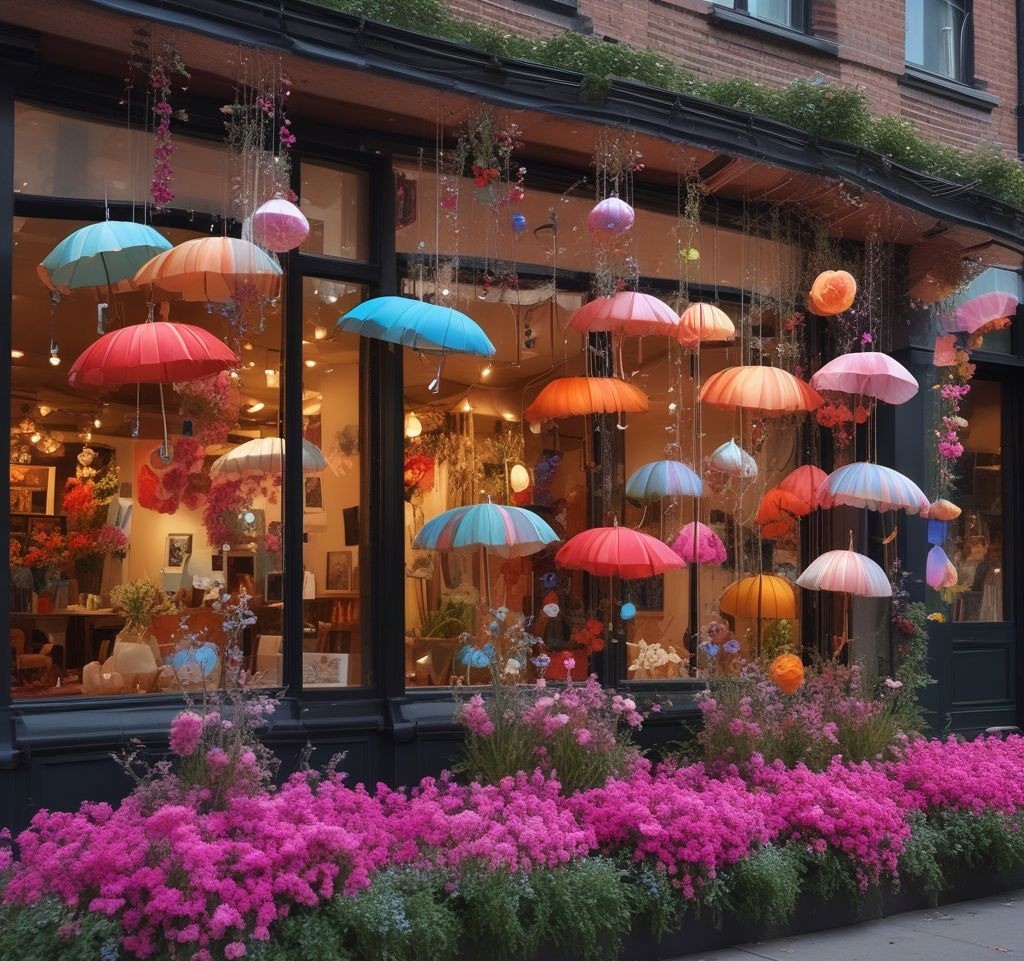
Static displays are great, but adding movement—like rotating stands, fluttering fabric, or kinetic props—can captivate attention. I’ve seen how a gently spinning floral arrangement or cascading light effects can make people pause and look twice.
Why? Movement triggers our natural curiosity. It makes the display feel dynamic and alive, pulling people in to explore further.
10. Designing for Social Media Appeal
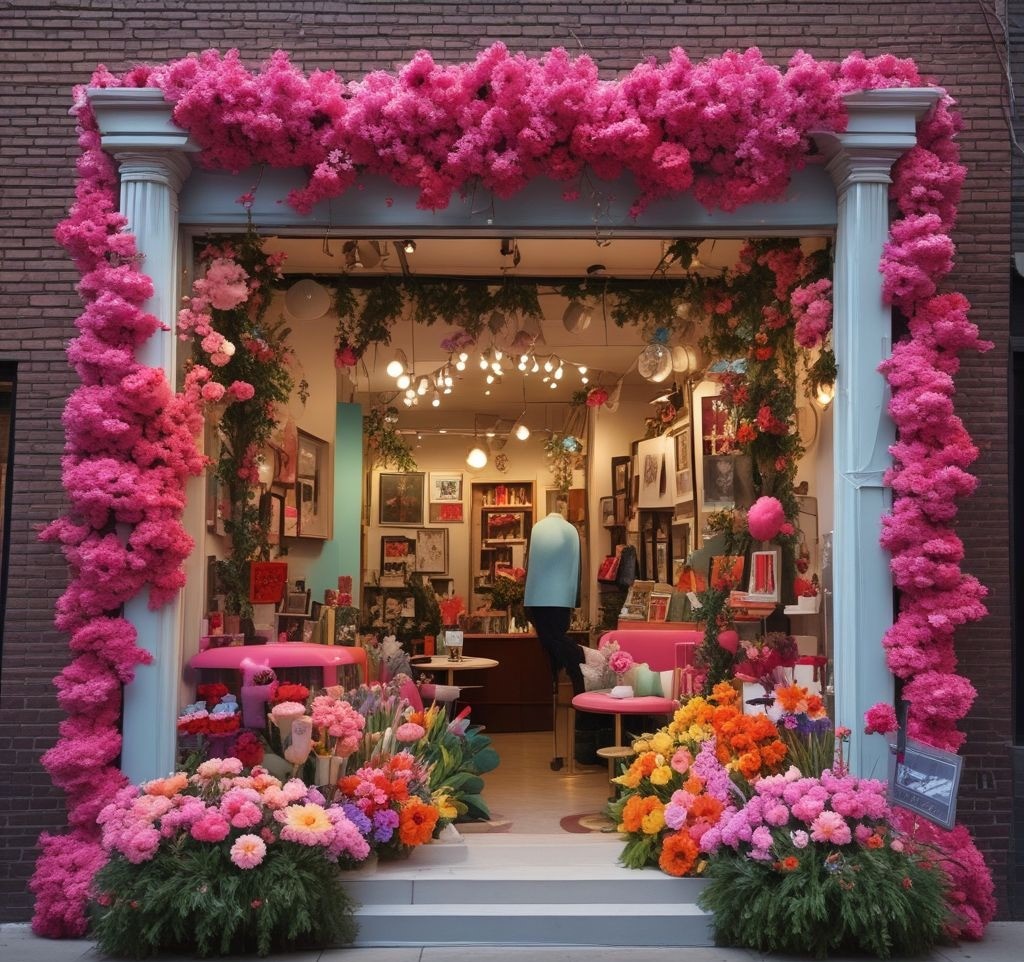
In today’s digital age, your spring window display isn’t just for passersby—it’s for their followers too. I’ve started designing displays with Instagram and Pinterest in mind, using bold visuals, unique props, and hashtag-friendly signs.
When buyers see a photo-worthy display, they’re likely to snap a picture and share it, amplifying your reach and drawing more people to your store.
Spring window displays are a perfect blend of art and psychology. By understanding what drives buyers emotionally and mentally, you can create setups that not only look beautiful but also convert viewers into customers.
So, the next time you design a display, think about the feelings and stories you want to evoke. Because when you connect with your audience on a deeper level, you’re not just selling products—you’re creating experiences they won’t forget.
O
